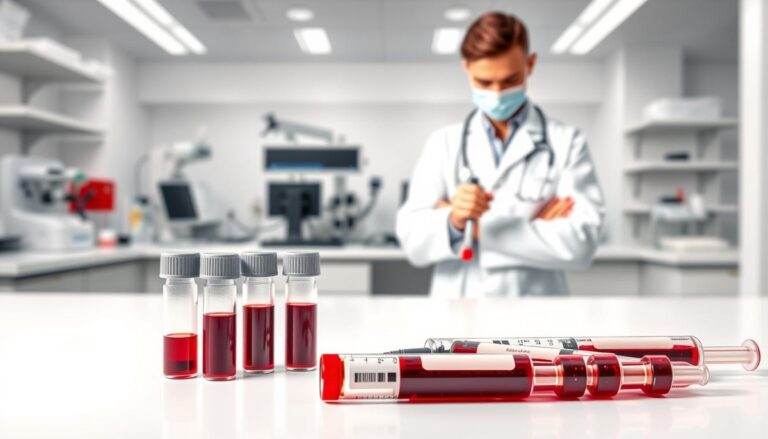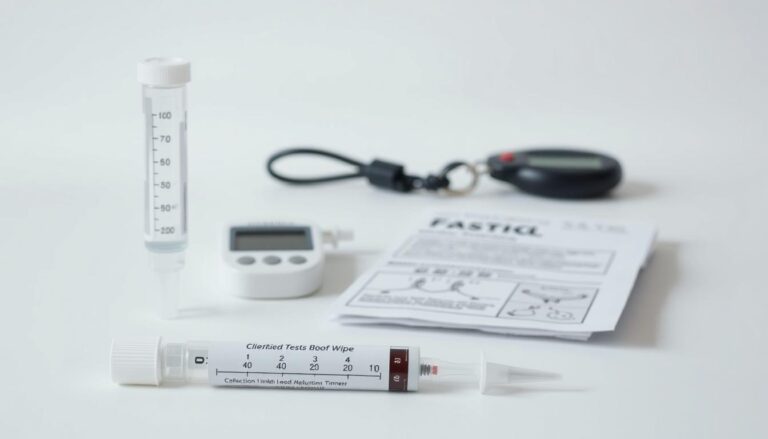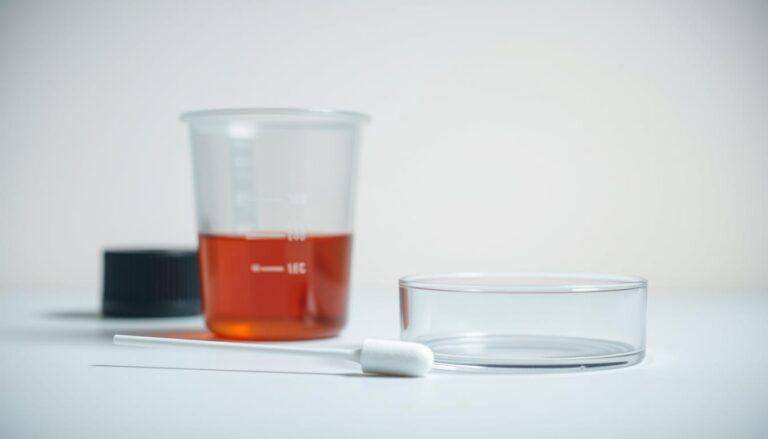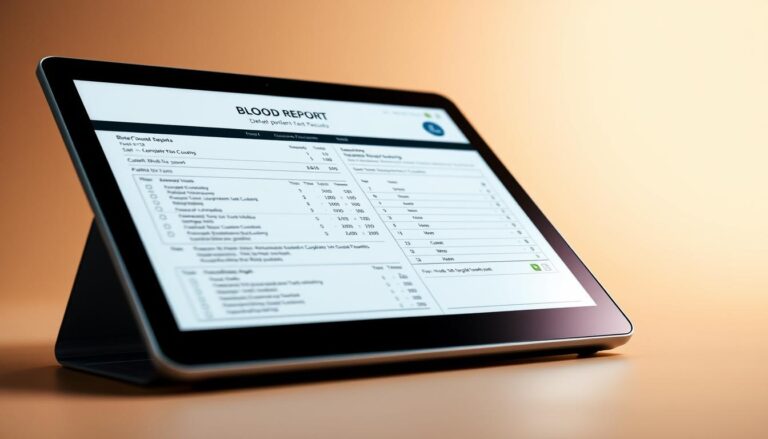Bio-safety Levels in Medical Labs: Complete Guidelines
Have you ever wondered how medical labs keep people and the environment safe from harmful biological agents? Biosafety levels play a key role in this. It’s important to know the rules for medical laboratory biosafety levels, biosafety levels, and laboratory safety.
When we talk about lab safety, biosafety levels are a big deal. They help prevent workers from getting exposed to dangerous biological agents. The Centers for Disease Control and Prevention (CDC) has set up four biosafety levels. Each level has its own biohazard risk and safety controls.
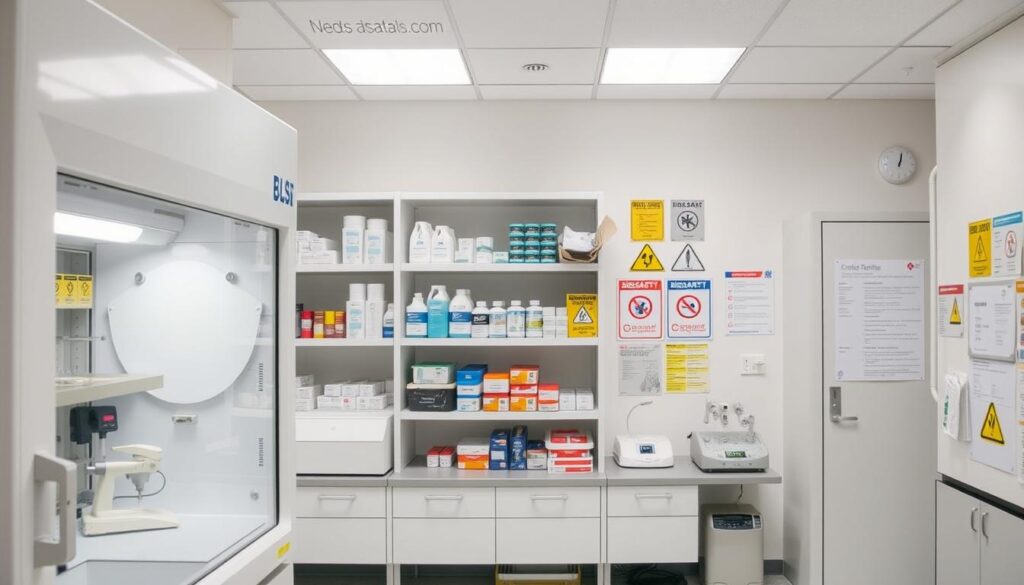
Knowing about biosafety levels helps us take the right steps to stay safe. It’s all about protecting ourselves, the environment, and the community. In this article, we’ll dive into the guidelines for biosafety levels. We’ll also look at why lab safety and biosafety regulations are so important.
Understanding Medical Laboratory Biosafety Levels
We know how vital biohazard protocols and lab biosafety are in medical labs. Biosafety levels have grown over time, with key milestones in lab safety standards. In India, the Ministry of Health and Family Welfare oversees biosafety levels. This ensures labs follow strict guidelines and regulations.
The American Biological Safety Association (ABSA) has been key in promoting biosafety. It guides lab workers on safety levels. Medical labs have four Biosafety Levels (BSLs): BSL-1, BSL-2, BSL-3, and BSL-4. Each level has its own risk and containment needs.
Definition and Purpose of Biosafety Levels
Biosafety levels protect lab workers and the environment from biological threats. Each level has its own set of safety controls. For instance, BSL-1 needs basic safety practices and PPE, while BSL-2 requires more protection for aerosol exposure.
Historical Development of Laboratory Safety Standards
The history of lab safety standards has seen major milestones, like the ABSA’s founding. BSL-3 and BSL-4 labs use Class III Biological Safety Cabinets for safety. In BSL-4, a full-body positive pressure suit is needed for safety against highly infectious agents.
Regulatory Framework in India
In India, a strong regulatory framework is key for lab safety. The Ministry of Health and Family Welfare oversees this framework. It includes rules for biohazard protocols, lab biosafety, and containment. By following these rules, labs can stay safe and compliant.
Essential Components of Laboratory Biosafety
Lab biosafety measures are key to keeping lab workers safe. They include bio-risk assessment, specific safety steps, getting the right equipment, and training staff. Biosafety is vital to stop infections from happening in labs. The CDC says lab workers need regular training to know about safety levels.
Medical labs must follow strict safety rules to avoid risks. These rules include wearing personal protective equipment (PPE), handling and throwing away biological waste right, and keeping surfaces clean. By doing these things, labs can make their work places safer for everyone.
- Bio-risk assessment: identifying and reducing biological hazards
- Specific biosafety measures: using PPE, handling waste right, and cleaning surfaces
- Equipment acquisition: getting the right tools for safe work
- Staff training: making sure workers know about safety levels
By focusing on these areas, labs can make safety a top priority. This helps lower the chance of infections. Following safety rules is critical for a safe work environment in medical labs.
Comprehensive Guide to Biosafety Level Classifications
We offer a detailed guide to biosafety levels, including biosafety level 1 to 4. This ensures lab workers follow key biosafety guidelines for medical labs.
The Centers for Disease Control and Prevention (CDC) has a detailed guide on biosafety levels. Each level has its own set of rules and guidelines. These are designed to keep the work environment safe for lab staff.
Biosafety Level Classifications
The four biosafety levels aim to create a safe work space for lab workers. Biosafety level 1 is the least restrictive and is for labs handling low-risk agents. Biosafety level 2 is for labs with moderate-risk agents and requires more safety measures, like PPE and biohazard protocols.
Key Considerations for Biosafety Level Classifications
When working with biological agents, knowing the biosafety level is critical. Biosafety level 3 is for labs with high-risk agents and needs special containment, like biosafety cabinets. Biosafety level 4 is for labs with the highest risk agents, like Ebola and Marburg viruses.
By sticking to biosafety guidelines and understanding the levels, lab workers can reduce infection risks. This ensures a safe work environment for everyone.
Conclusion: Maintaining Safety Excellence in Medical Laboratories
Keeping medical labs safe is key to protecting people, the environment, and the community. Following the CDC and NIH guidelines helps us meet the highest biosafety standards. These rules cover everything from basic safety steps to strict protocols for the most dangerous labs.
It’s vital to have strong biosafety rules in labs to avoid accidents and keep areas clean. Knowing the importance of lab safety helps us create a safe work environment. By sticking to these rules, we protect our workers, communities, and the important work done in labs.

